For the majority of wild species trying to make it in the city (or even in the suburbs), human travel corridors pose an enormous existential threat. This is particularly true for reptiles and amphibians. I suspect nearly everyone, at some point in their driving career, has come face-to-face with this fact while watching and often wincing as a turtle plods resolutely across a two-lane (or four- or six-lane) highway. Even a curb can be an insurmountable obstacle when you’re small or physically inflexible.
So it came as an unexpected and happy surprise to learn that, according to research by Klaus-Detlef Kühnel of the German Society for Herpetology and Terrarium Customers (DGHT), sand lizards (Lacerta agilis) in Berlin actually benefit from the presence of railroad tracks.
The sand lizard is found across most of Europe and as far east as Mongolia. It grows to about 10 in (25 cm) from nose to tail… depending on whether it’s ever had to sacrifice a tail tip to escape a predator. Males change from the normal brown tones—light belly, darker back with a dorsal stripe—to bright green during the mating season. There are several subspecies of sand lizard, and in some the males wear green racing stripes rather than make a head-to-toe wardrobe change. The eastern variations (especially Lacerta agilis exigua) may remain green year-round. Like many other reptilian mothers, female sand lizards bury their eggs and let the Sun take over nanny duties.
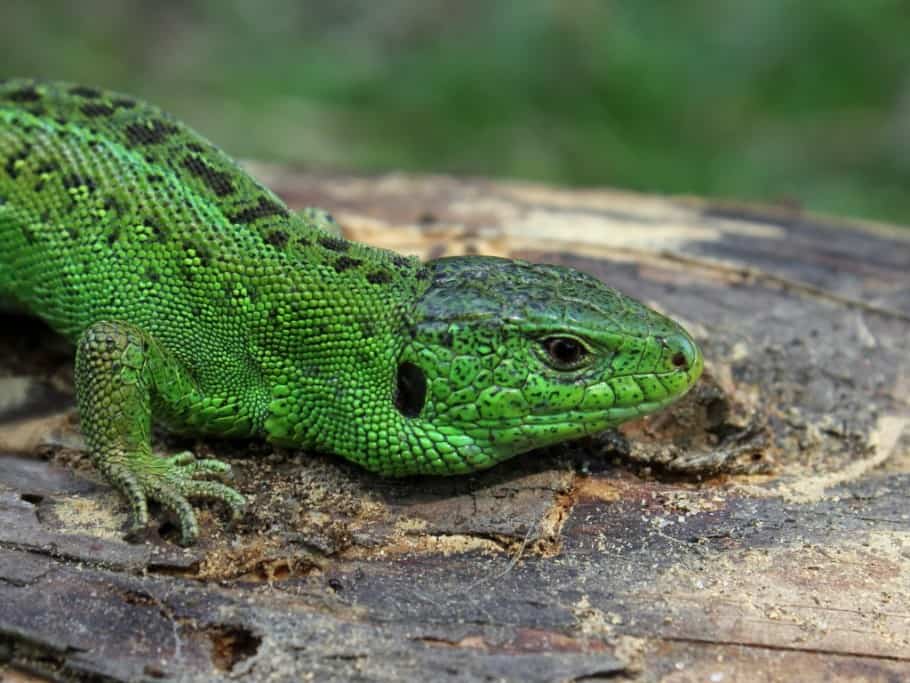
As Kühnel explains in Urban Herpetology, L. agilis is one of only a few reptile species able to survive in the urbanized centers of central Europe. His work clearly demonstrates sand lizard populations are concentrated alongside train tracks.
There are over 300 km of railways crisscrossing Berlin’s metropolitan grid. Normally, the conditions preferred by sand lizards exist along forest edges but the south-facing track bed embankments, a substrate of coarse stone fragments covered with a layer of sand, and sparse vegetation offer the perfect xeric habitat, not just for adults but for their eggs and newly hatched young as well.
Sand lizards have been observed on railway embankments in other central European urban centers, but their numbers can’t comparable to the Berlin population. Kühnel attributes this to the climate and topography unique to the northeastern lowlands of Germany, citing earlier research that suggests these factors are key to the distribution of sand lizards in the northwestern parts of its range.
I was already planning to lift a celebratory glass of chilled Riesling or Gewürztraminer in honor of a small scaly hobo riding the rails to a better future… when Kühnel delivered the bad news. In an attempt to increase travel efficiency and lower its carbon footprint, Germany is converting much of its existing rail system to accommodate high-speed trains. Stone and sand track beds are being replaced with solid concrete, and adjacent easements and abandoned freight yards are being snapped up for residential and industrial development.

Climate change is serious business and I applaud Germany for trying to do the right thing for our lonely blue planet. I just wish people were the only ones who paid the price. To quote a favorite Coen Brothers movie, sometimes it’s a hard world for the small things.
More than sometimes.
For more on urban lizards and other urban reptile issues, visit Kieran’s blog, Next-Door Nature. Thanks to the following photographers for making their work available for use: Sander van der Molen (1st image);George Chernilevsky (2nd image); andLaurent Lebois (3rd image).
Kieran Lindsey
Kieran Lindsey loves looking for wild things in all the wrong places... so she became an urban biologist. Her quest to entice others to share this passion led to flirtations with (gasp!) the media—as a columnist for the Houston Chronicle; as host of KUNM-FM’s Wild Things; as producer of an Emmy® winning wildlife documentary; and at her Next-Door Nature blog. Kieran has way too much fun as official Animal-Vehicle Biologist for NPR's Car Talk, and she isn’t ashamed to admit it.
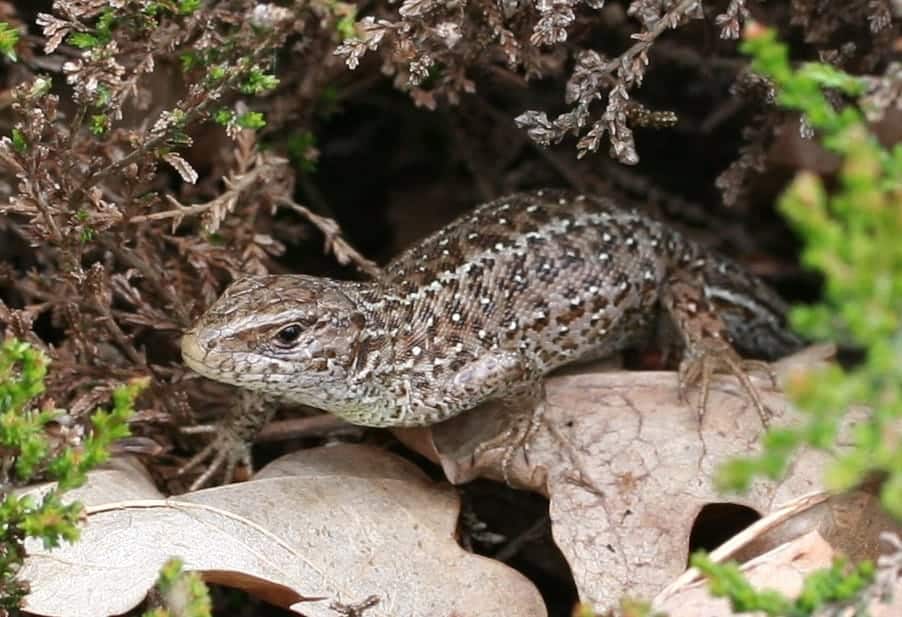
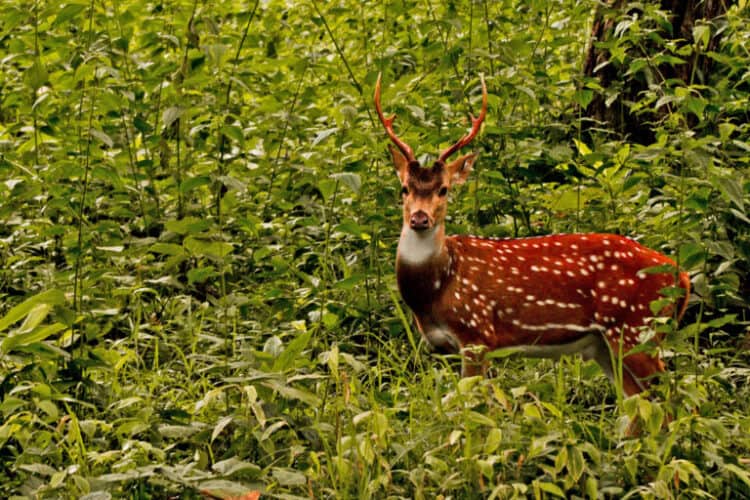


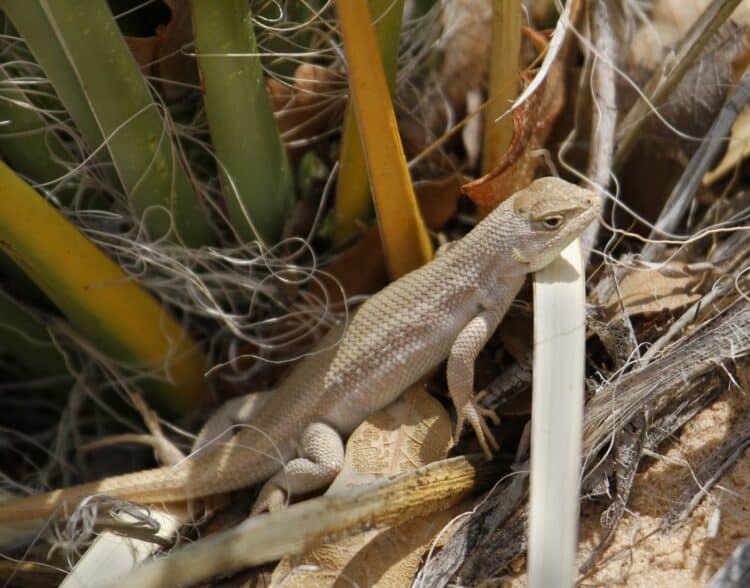
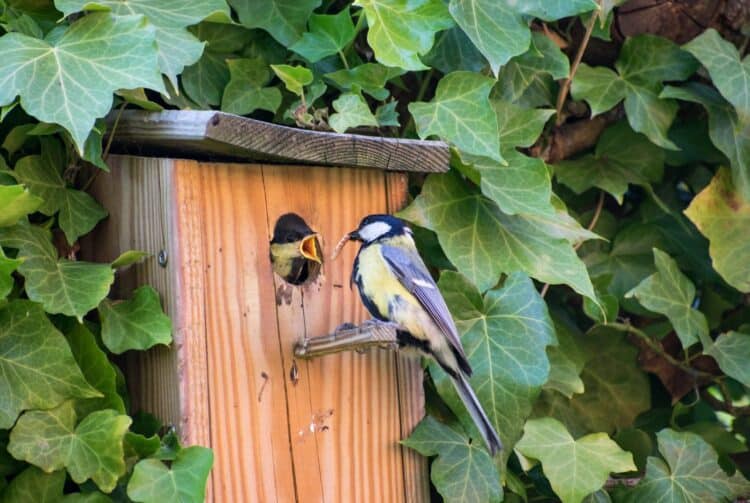

Leave a Reply